Debates over religious sites resurface amid violence in Sambhal
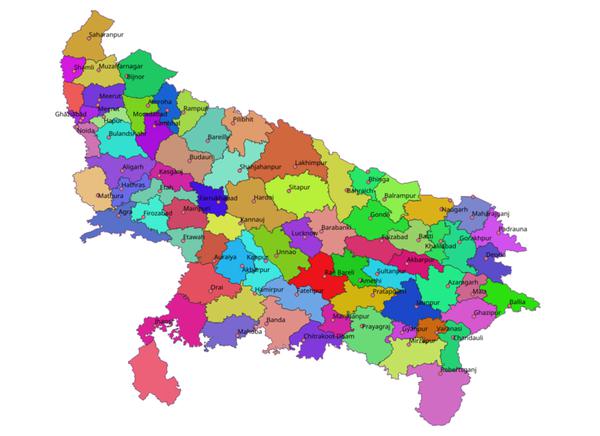
Recent clashes in Sambhal, Uttar Pradesh, following a court-ordered survey of the Mughal-era Shahi Jama Masjid, have reignited debates over historical religious sites in India.
The incident, which resulted in the tragic loss of five lives, stemmed from claims that a Hindu temple once existed at the site of the mosque.
The survey was conducted under the supervision of the Archaeological Survey of India.
The controversy expanded to Rajasthan’s Ajmer, where a Hindu organization filed a lawsuit claiming the dargah of Khwaja Moinuddin Chishti was built over a Shiva temple.
In response, a local court issued notices to the Union Ministry of Minority Affairs and ASI.
Meanwhile, several Muslim organizations have referred to the Places of Worship Act, 1991, emphasizing its significance in preserving religious harmony.
The Places of Worship Act mandates that the religious character of any site, as it stood on August 15, 1947, must remain unchanged.
Section 3 of the Act explicitly prohibits converting a religious site from one denomination to another or altering its religious character.
The Act, introduced in 1991 by the Congress government under Prime Minister PV Narasimha Rao, aimed to maintain communal harmony amidst rising tensions during the Babri Masjid dispute.
The law excluded the Babri Masjid case as it was already under judicial consideration.
Four petitions challenging the Places of Worship Act are currently pending before the Supreme Court.
Critics argue that the law stifles legitimate historical claims, while supporters believe it is essential for peace and unity.
The Act serves as a crucial legal safeguard against communal disputes. By fixing a historical cut-off date, it seeks to prevent the politicization of historical grievances.
However, ongoing legal and social debates reflect the complex interplay of history, faith, and law in India’s diverse society.
As these cases progress, they underscore the enduring challenges of balancing historical claims with contemporary communal harmony.
Image Credit: Heinz OSM, CC BY-SA 4.0, via Wikimedia Commons
You may also like
Image Reference: https://commons.wikimedia.org/wiki/File:Uttar_Pradesh_districts.png
Recent Posts
- Gold at 72: Manjamma’s late sprint to gloryManjamma firmly believes that sports improve both physical and mental health.
- 108-foot Vishwaroopa: Bengaluru’s new spiritual landmarkAt 108 feet, it ranks among the tallest Vishnu statues in South India.
- CERT-In flags ‘ghostpairing’ threat targeting WhatsApp usersBy abusing this feature, cyber criminals can secretly attach their own device to a victim’s account.
- Gold at 72: Manjamma’s late sprint to glory
What’s new at WeRIndia.com
News from 700+ sources
-
Hung verdict delays finalisation of key posts in Eloor municipality
-
Attack on pregnant woman: one arrested
-
Govt. will soon fill permanent posts in public universities: Minister M.C. Sudhakar
-
PPP Key To Upgrading Health Infrastructure: Satya
-
Flower show to feature a range of over 35,000 pots of flowering plants
-
US Justice Department Says Epstein File Claims on Trump Untrue
-
WeRIndia – A News Aggregator
Visit werindia.com for all types of National | Business | World | Politics | Entertainment | Health related news and much more..


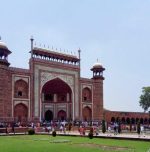
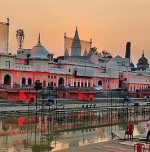
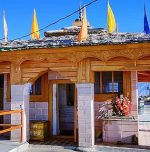

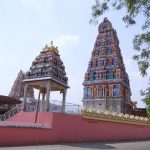


Leave a Reply